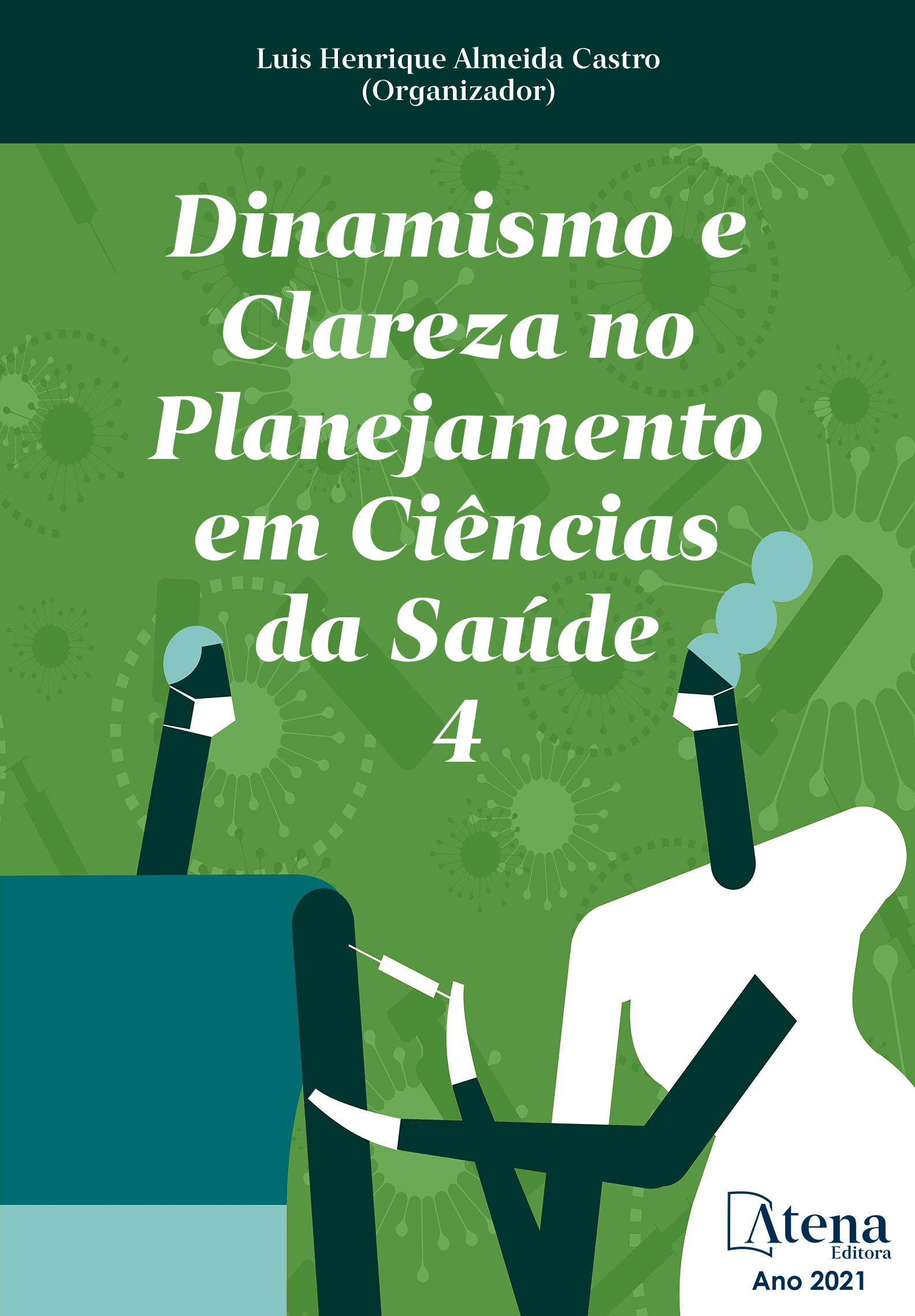
FLORES EDÍVEIS: UMA ALTERNATIVA ALIMENTAR COM PROPRIEDADES BIOLÓGICAS RECONHECIDAS
Atualmente, muitas espécies de plantas que produzem flores já fazem parte da alimentação humana, salientando-se em particular, as pétalas e sépalas edíveis. Habituais na cozinha desde a Antiguidade, o uso das flores não tem sido usual em Portugal, no entanto, as flores comestíveis têm sido usadas na culinária de diversos países, tendo hoje em dia, o seu uso despertado a atenção com o intuito de melhorar a aparência, sabor e valor estético de pratos, aspetos que o consumidor aprecia e valoriza. Os consumidores também exigem alimentos com propriedades benéficas para a saúde, procurando produtos com qualidade nutricional interessante. No entanto, com as novas tendências de recuperar os sabores agridoces e das múltiplas variantes da cozinha de fusão, as flores tornam-se ingredientes muito apreciados. Nem todas as flores são comestíveis. Para além da identificação das mesmas, é importante saber como foram produzidas pois, por exemplo, as flores para decoração ornamental não devem ser utilizadas para consumo humano, uma vez que não têm em consideração as regras de segurança alimentar. Contudo, existe pouca informação sobre algumas espécies de flores destinadas a consumo humano, nomeadamente calêndula (Calendula officinalis L.), camélia (Camellia japonica L.) e rosa (Rosa canina L.). Nesse sentido, o presente trabalho pretendeu contribuir para aumentar o conhecimento neste tema, designadamente ao nível da caracterização química e das propriedades antioxidantes destas espécies botânicas. Embora as três espécies de flores estudadas tenham compostos bioativos e atividade antioxidante, a C. officinalis foi a que apresentou o maior teor em fenólicos totais e carotenoides e, consequentemente, maior atividade antioxidante.
FLORES EDÍVEIS: UMA ALTERNATIVA ALIMENTAR COM PROPRIEDADES BIOLÓGICAS RECONHECIDAS
-
DOI: 10.22533/at.ed.35621300316
-
Palavras-chave: Calendula officinalis L., Camellia japonica L., Rosa canina L., composição química, atividade antioxidante.
-
Keywords: Calendula officinalis L., Camellia japonica L., Rosa canina L., chemical composition, antioxidant activity.
-
Abstract:
Currently, many plant species that produce flowers are already part of human diet, in particular edible petals and sepals. Usual in the kitchen since antiquity, the use of flowers has not been usual in Portugal, however, edible flowers have been used in the gastronomy of several countries. Nowadays, they are attracting increasing attention worldwide in order to improve the appearance, taste and aesthetic value of dishes, aspects that the consumer appreciates and valorizes. With new trends in picking up the bittersweet flavors and the multiple variants of the fusion cuisine, the flowers become highly prized ingredients. It is important to be aware that not all the flowers are edible. In addition to their identification, it is important the knowledge about their production practices, because if they were not for human consumption the food
safety rules were not taken into account, such as in the case of ornamental decoration flowers. There is little information on some edible flowers species, namely calendula (Calendula officinalis L.), camellia (Camellia japonica L.) and rose (Rosa canina L.). Thus, the present work intends to contribute to increase knowledge on the chemical characterization and the antioxidant
properties of these botanical species. Although the studied species of flowers had bioactive compounds and antioxidant activity, C. officinalis presented the highest total phenolics and carotenoids content and, consequently, higher antioxidant activity. -
Número de páginas: 28
- Ana Cristina Mendes Ferreira da Vinha


